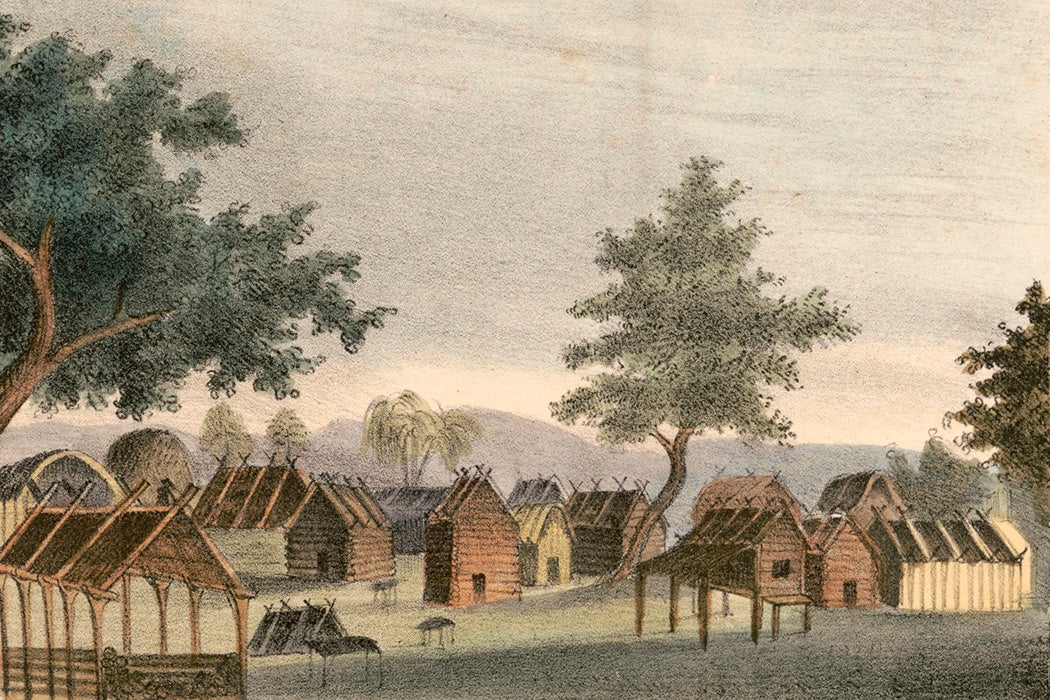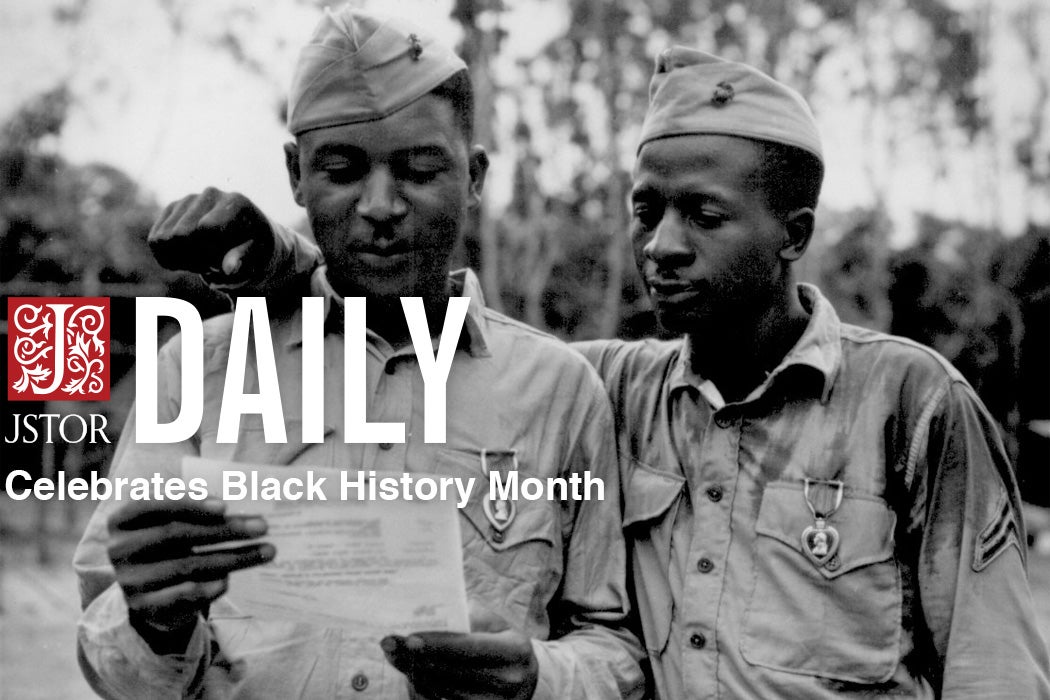Since the arrival of European settlers in the Americas, the continents’ history has involved encounters among people from all over the world—some horrifically violent and others culturally transformative. As historian Anthony E. Dixon writes, one of the most fascinating of these encounters was between Black and Native people in colonial Florida.
Dixon writes that Black people have lived in Florida at least since 1526, when enslaved Africans are known to have lived in the Spanish settlement of San Miguel de Gualdape. A century later, English colonists in Carolina also brought enslaved Africans to the region. Some of them escaped to Spanish-controlled Florida. By the early eighteenth century, many Black Florida residents had formed autonomous or semi-autonomous maroon settlements, cooperating with Spanish authorities.
In these settlements, people from different African regions created what Dixon calls a “Pan-Africanist culture” with little European influence. For example, they used an African writing system that blended different dialects. In many cases, these communities settled near Native American towns.
In 1740, Georgia governor James Oglethorpe invaded Florida, destroying many settlements, including maroon towns. Many Black residents scattered, mixing with Spanish and Native Americans. In the years that followed, maroons increasingly adopted aspects of Spanish culture, including Catholicism.
At the same time, Dixon writes, Native Americans in the region, including members of the Hitchiti, Yuchi, Yamassee, and Apalachee peoples, were forming a new nation called the Seminole. The inhabitants of maroon settlements established near Seminole communities gradually became known as Black Seminoles.
After Florida became a British colony in 1763, James Grant, governor of British East Florida, encouraged white settlers to set up plantations using enslaved labor. The area’s Black population quickly rose—and so did the number of enslaved people who escaped to join free communities.
In some cases, Dixon writes, Seminole communities also practiced slavery. British officials presented Seminole chiefs with gifts of enslaved Black people to strengthen alliances, and Seminoles enslaved captives from other Native nations. But their system of slavery was much different from the English and Spanish ones. Enslaved people had to surrender a portion of their harvests to the Seminole, but they lived in their own villages without oversight. Over time, these communities merged with existing Black Seminoles.
Weekly Newsletter
While there was some intermarriage between Black Seminoles and Seminole Native Americans, they remained distinct, symbiotic communities. The Native people were mainly hunters and herders. The Black Seminoles provided corn, sweet potatoes, and other crops. The Native American communities protected Black Seminoles from re-enslavement on the area’s growing white plantations. And those Black Seminoles who had previously been enslaved by whites helped the Natives with interpretation and cultural understanding of the white communities.
You Might Also Like
Celebrating Black History Month
When U.S. “Indian Removal” policies accelerated in the early nineteenth century, troops drove most of the Seminoles from their land and forced many Black Seminoles into slavery. Yet some Black Seminole communities survived, many of them ending up in Mexico or in Oklahoma, where two “freedman bands” remain part of Seminole Nation today.








